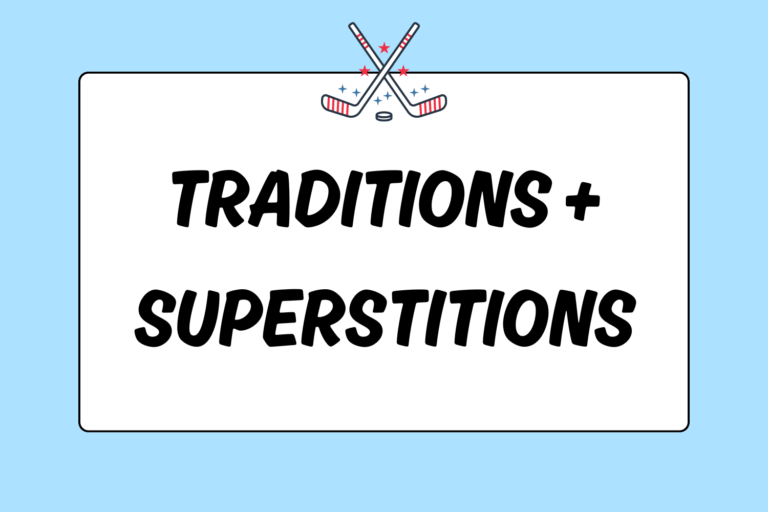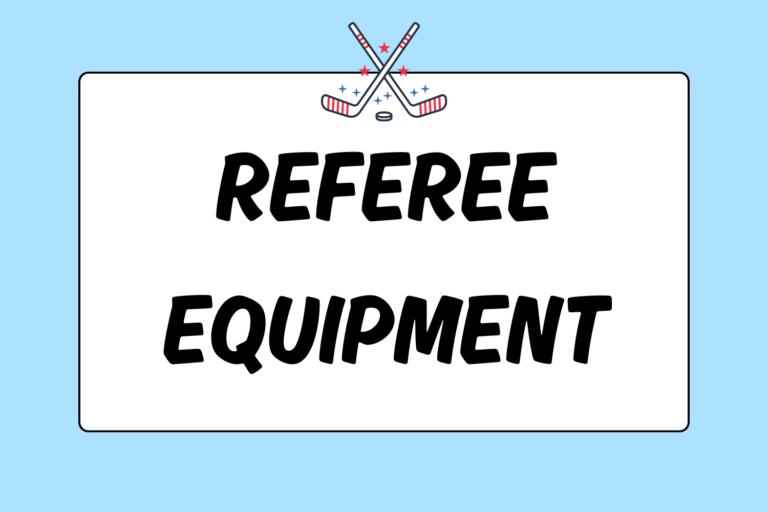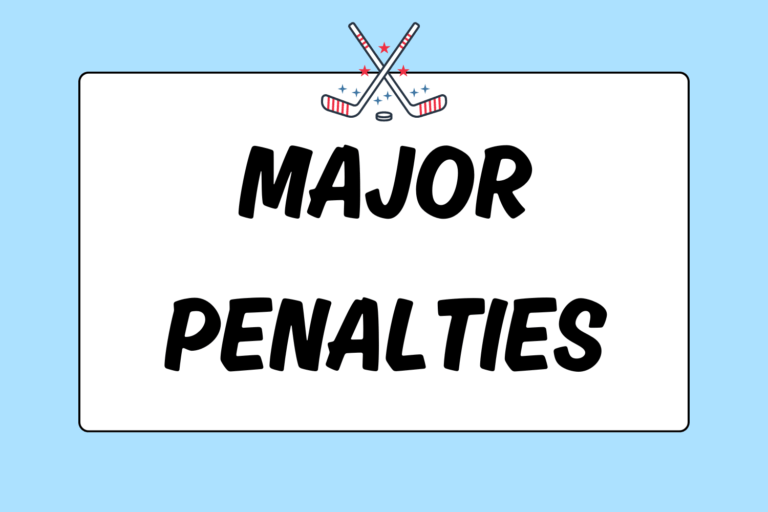Most great goals follow a great pass. Even if no one else on the ice saw or even cared where the puck came from, the goal scorer will almost always recognize a teammate who helped shape a play. If you don’t agree with the old hockey saying that “an assist is just as important as a goal,” then it’s time to adjust your outlook.
A lot of the time, it’s more difficult to complete a pass than it is to score a goal. After all, goals often come when a player is shooting on a goalie with no one in between, where passes regularly have to go over, under or around multiple sticks or bodies.
But how do you make that perfect pass – the one that just barely comes off the ice before it lands directly on the blade of a teammate’s stick?
Here are some fundamental tips that should help to answer that question. Master these and you are one giant step closer to becoming a great hockey player.
Forehand Pass
- All forehand passes should begin with your bottom hand a little more than a third of the way down the shaft, the top hand just underneath the butt end, and the puck resting in the middle of the blade of the stick.
- Bring the stick back behind your back leg and turn the blade down so it cups the puck.
- Your body should be almost squared to your target during a pass, with your feet facing forward (make sure the puck remains on the stick blade at all times).
- After taking the puck and blade behind your body, begin to bring it forward all in one motion—as the stick moves forward the puck should shift toward the tip of the blade.
- The final motion is the follow-through: Make sure to point your stick at your target as you are releasing the puck.
Do all this while keeping your eyes on your target.
Use a Forehand Pass … Anytime you see an open teammate with little or no traffic between you and his stick.
Backhand Pass
The steps and motions of this pass are similar to those of the forehand variety, with the obvious difference being that the backhand pass is made by using the back part of the stick’s blade. Some things to keep in mind though:
- The release can be tricky. Because the back part of the blade is angled out, it is difficult to control the trajectory of the puck as it leaves the stick. So to get the most control on a backhand pass, be sure to keep the puck on the part of the blade that is closest to the shaft. The more the puck shifts toward the toe of the blade, the less control you will have on the actual pass.
- Another aspect of a backhand pass is that the body should be in more of a shooting position, facing away from the target (for more about a shooting positions, check out the guide entitled “How to be a Better Shooter.”). But you will probably find that this is the most natural stance, since your front arm will have to move across your body during the windup.
- Again, make sure to point your stick at the target as you are releasing the puck.
Use a Backhand Pass … Whenever the puck is resting on the backside of your stick’s blade and there is no time or room to get to your forehand to make a pass.
Saucer Pass
The most difficult pass to master, the saucer pass is simply a hybrid version of both the forehand and backhand passes. The player has to elevate the puck a few inches off the ice in order to clear sticks or skates on its way to the target.
When perfected, the saucer pass is dangerous for the opposition, as it can catch defenders by surprise. If used improperly, however, it can easily lead to a turnover, as well as a scolding from your coach.
The real key for completing a saucer pass is assessing how far the puck needs to travel and how many objects it has to clear. Then you have to execute.
- To release a good saucer pass, take the same approach you would for a forehand pass, but get your stick under the puck in order to lift it off the ice.
- Start by cupping the puck with the blade of your stick and then roll your wrists as you release the puck and point toward your target.
Use a Saucer Pass … In transition, when there is a forest of sticks in the way and an open teammate on the other side. This pass is also effective on the power play, when passing from the point to the slot, or from one side of the net to the other.
Flip Pass
The flip pass is rarely used. Most of the time, you rely on the flip pass to spring a teammate for a breakaway. Like a saucer pass, it involves the puck leaving the ice on its way to the target – but where a saucer pass is relied on to clear sticks and skates, a flip pass is used to clear bodies. The idea is to flip the puck, end over end, over a very long distance.
- To release a good flip pass, the emphasis should be on the flicking of the wrists – quickly turning them to make the blade of the stick push upward – and getting the blade underneath the puck.
- With the puck on the blade of your stick, try to keep the blade in front of you or next to you, but don’t bring it back behind your body. There is not much of a windup involved with this pass, only a swift forward motion that has the player bringing the bottom arm up and the top arm back into the torso.
- To get the puck as high off the ice as possible, thrust the stick upward with a high follow-through (be careful not to follow through past your shoulders).
- Be aware of exactly where you want the puck to meet your teammate’s stick. If you put too much loft on the pass, the puck can go clear down the ice and an icing infraction could be called.
Use a Flip Pass … When a teammate has worked his way behind the opposing defense and the puck needs to travel from the defensive zone, into the neutral zone and over the heads of opposing players.
Final Assist
You should now be armed with the basics of all passes. If practiced and executed correctly, these fundamental skills will help make you a well-rounded playmaker. After all, if you’re not a good passer, you’re not a good hockey player!





